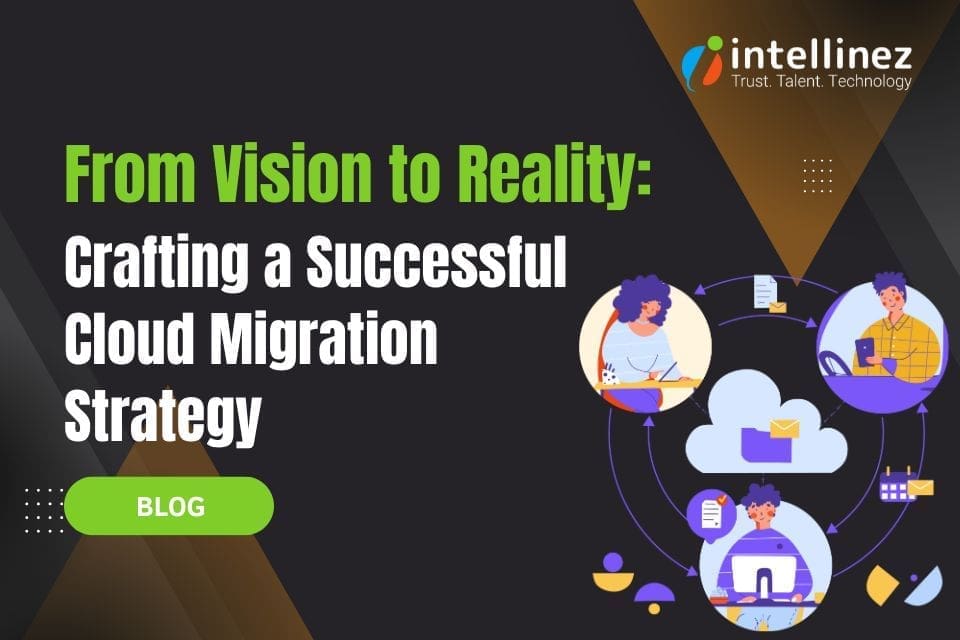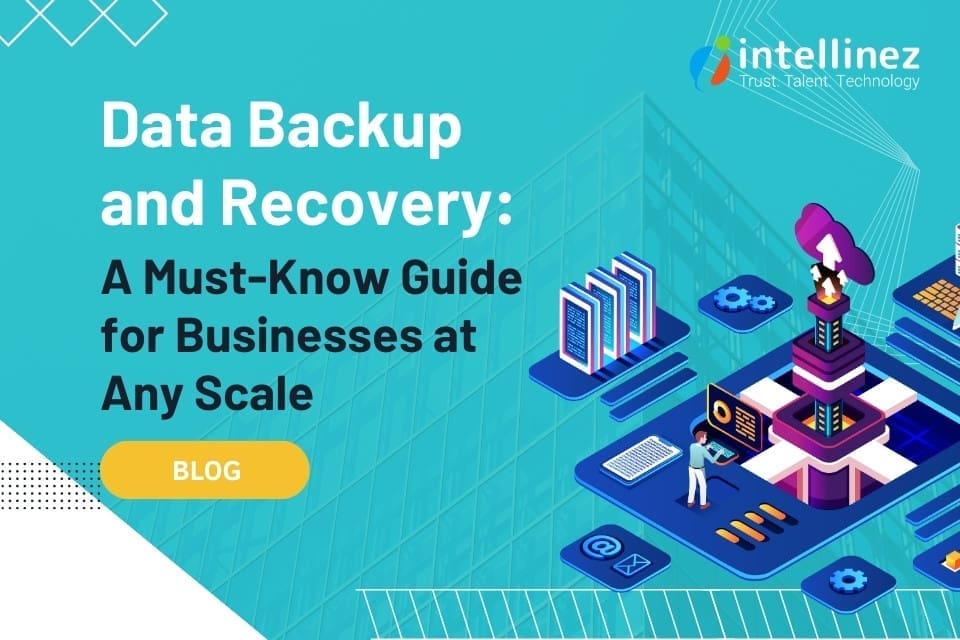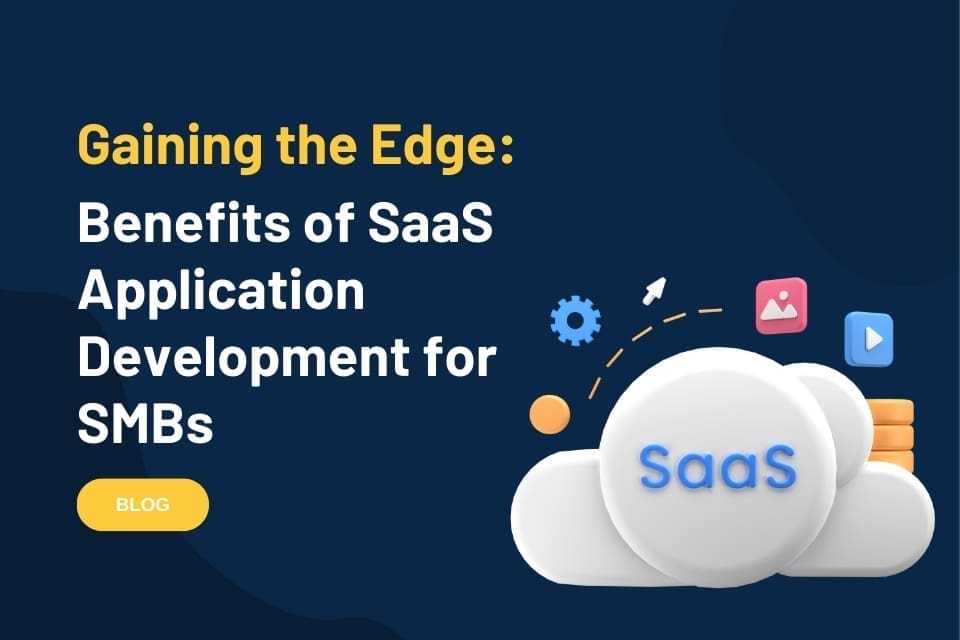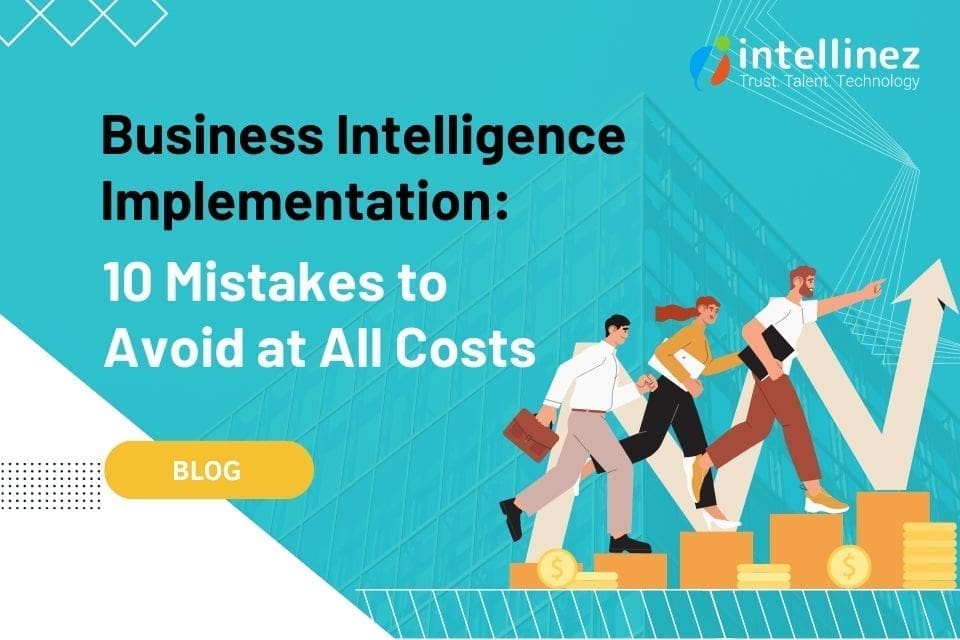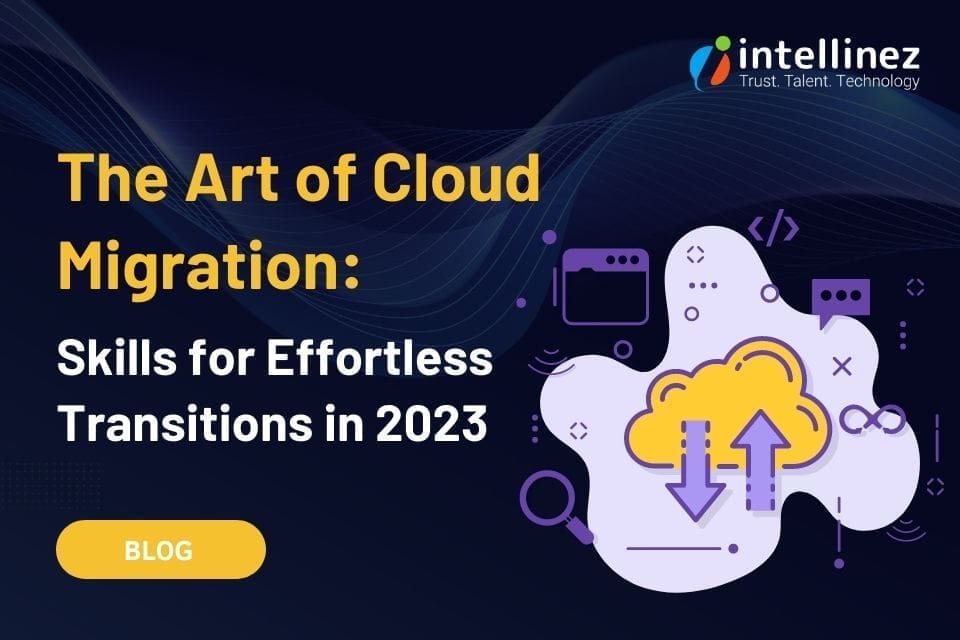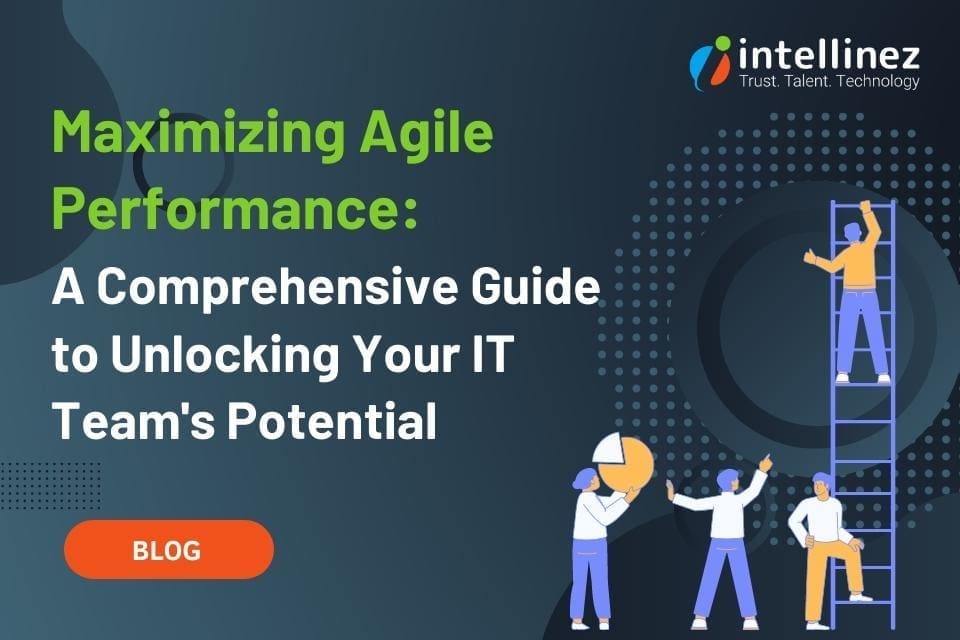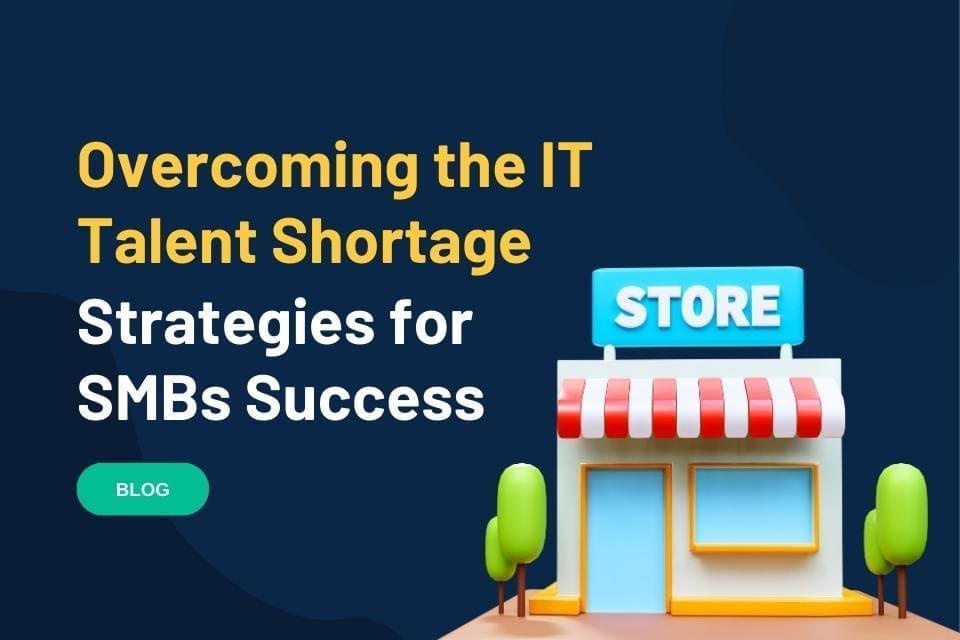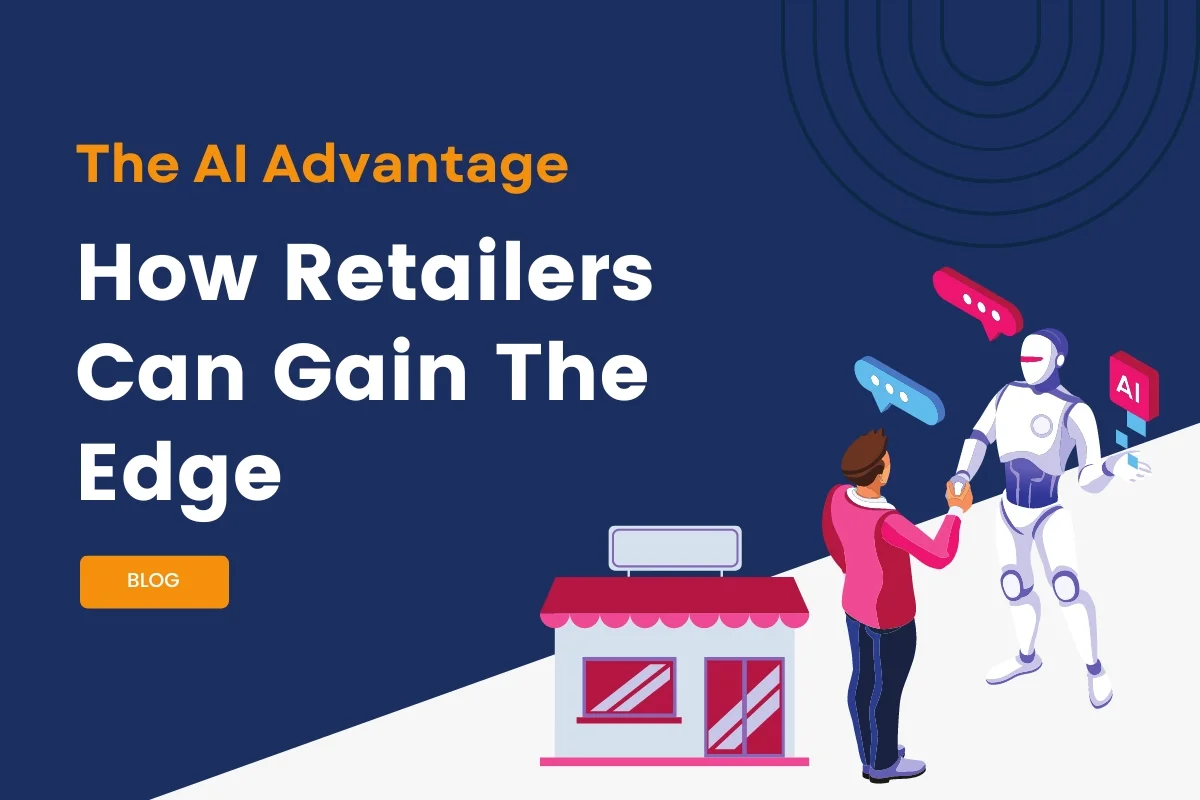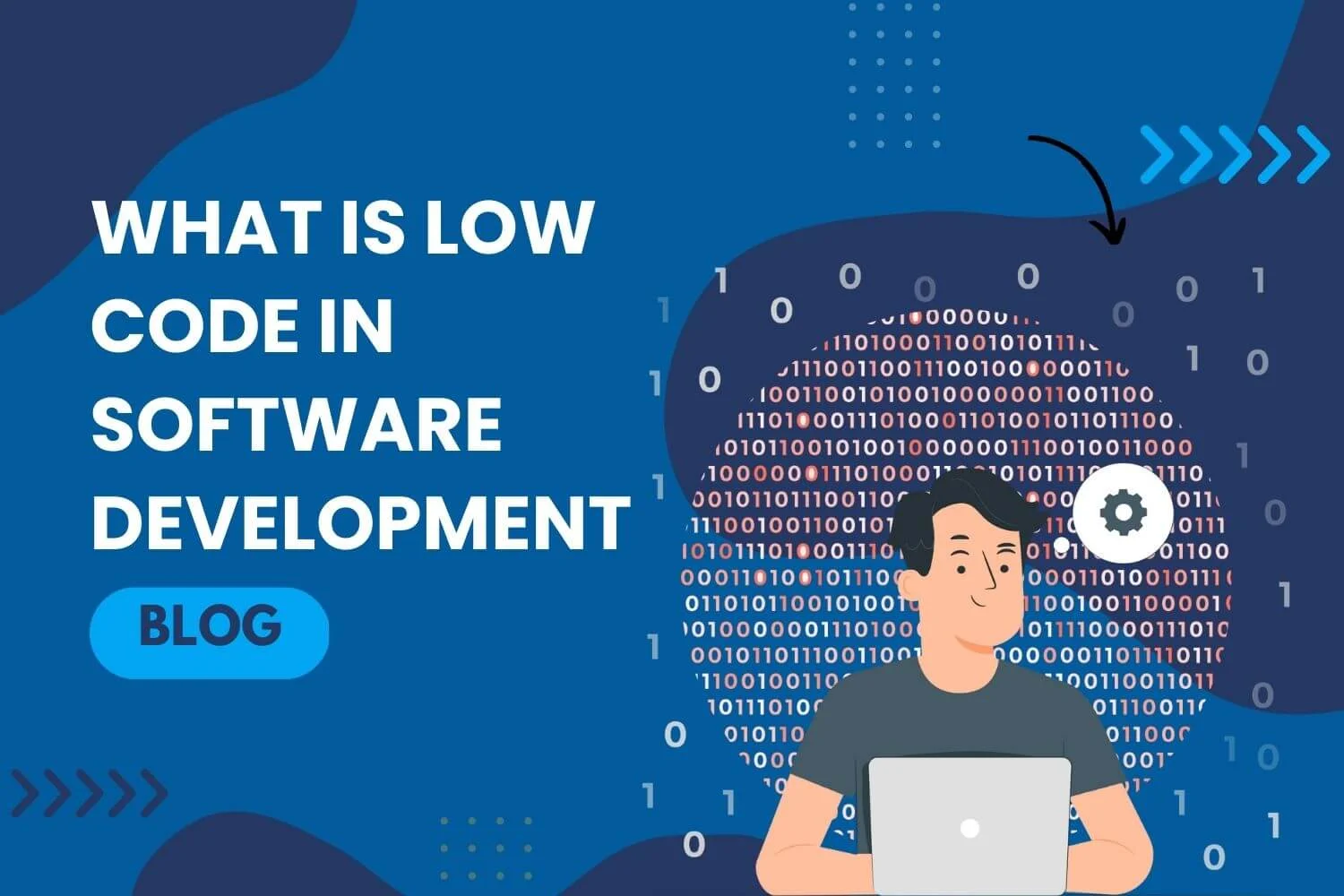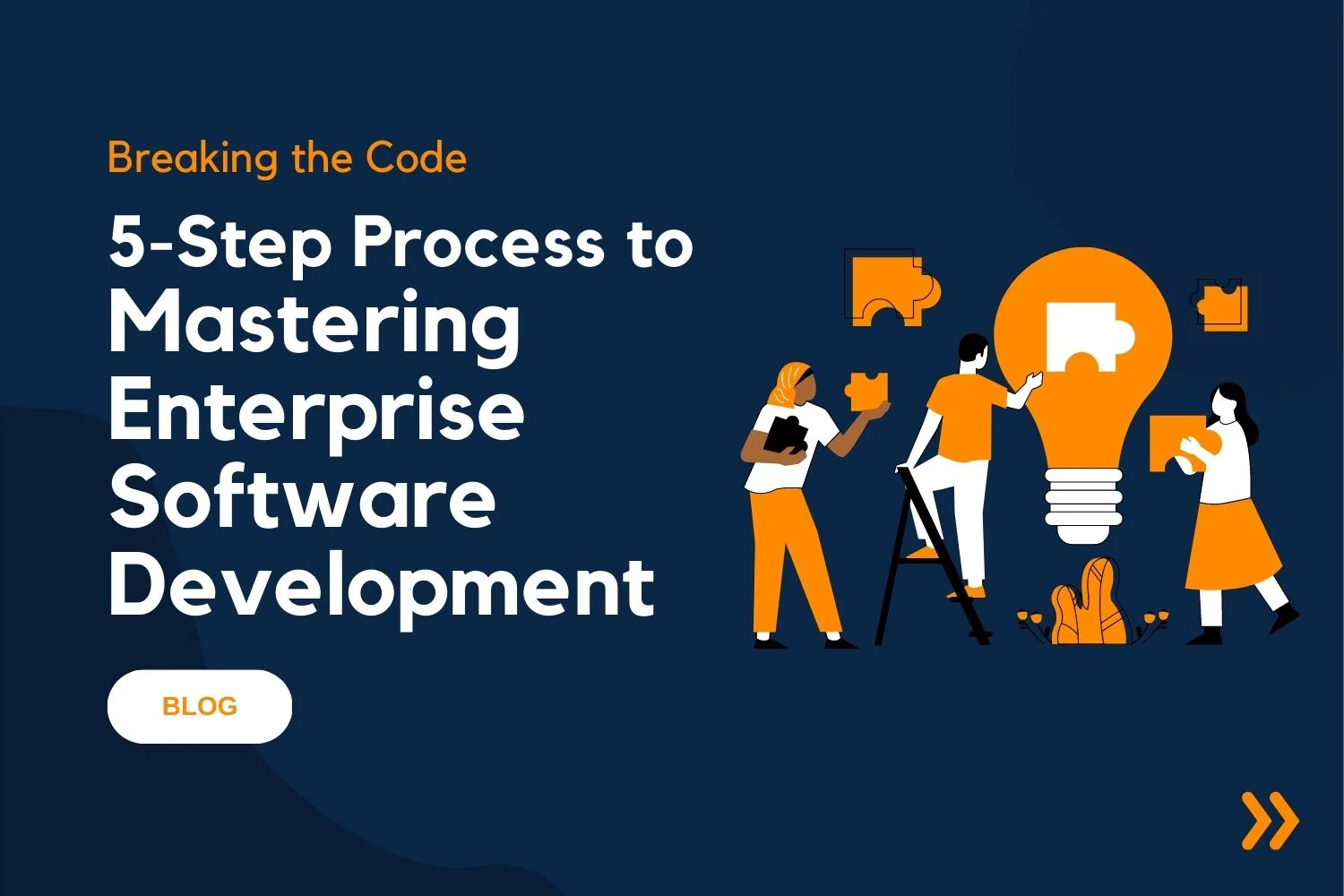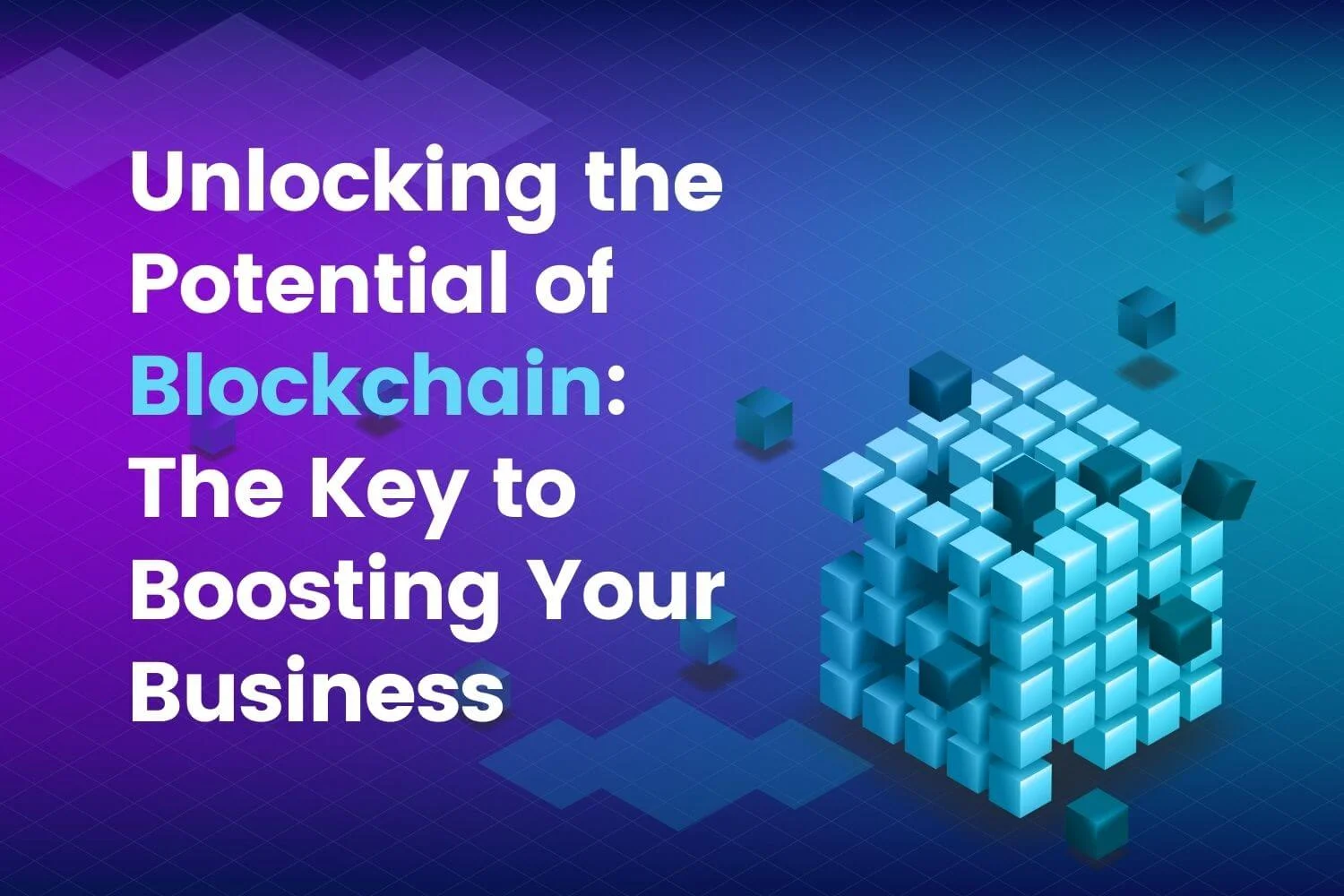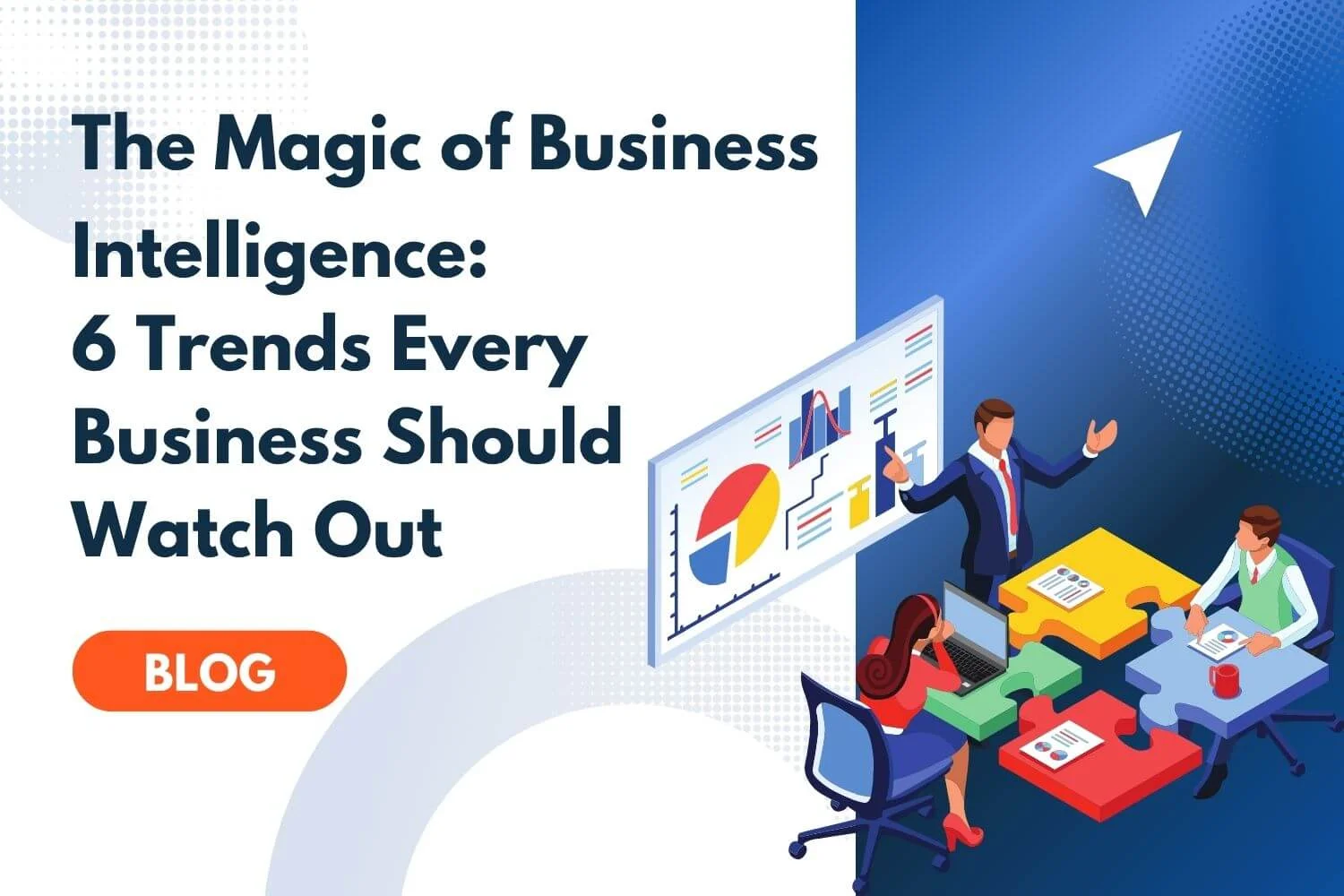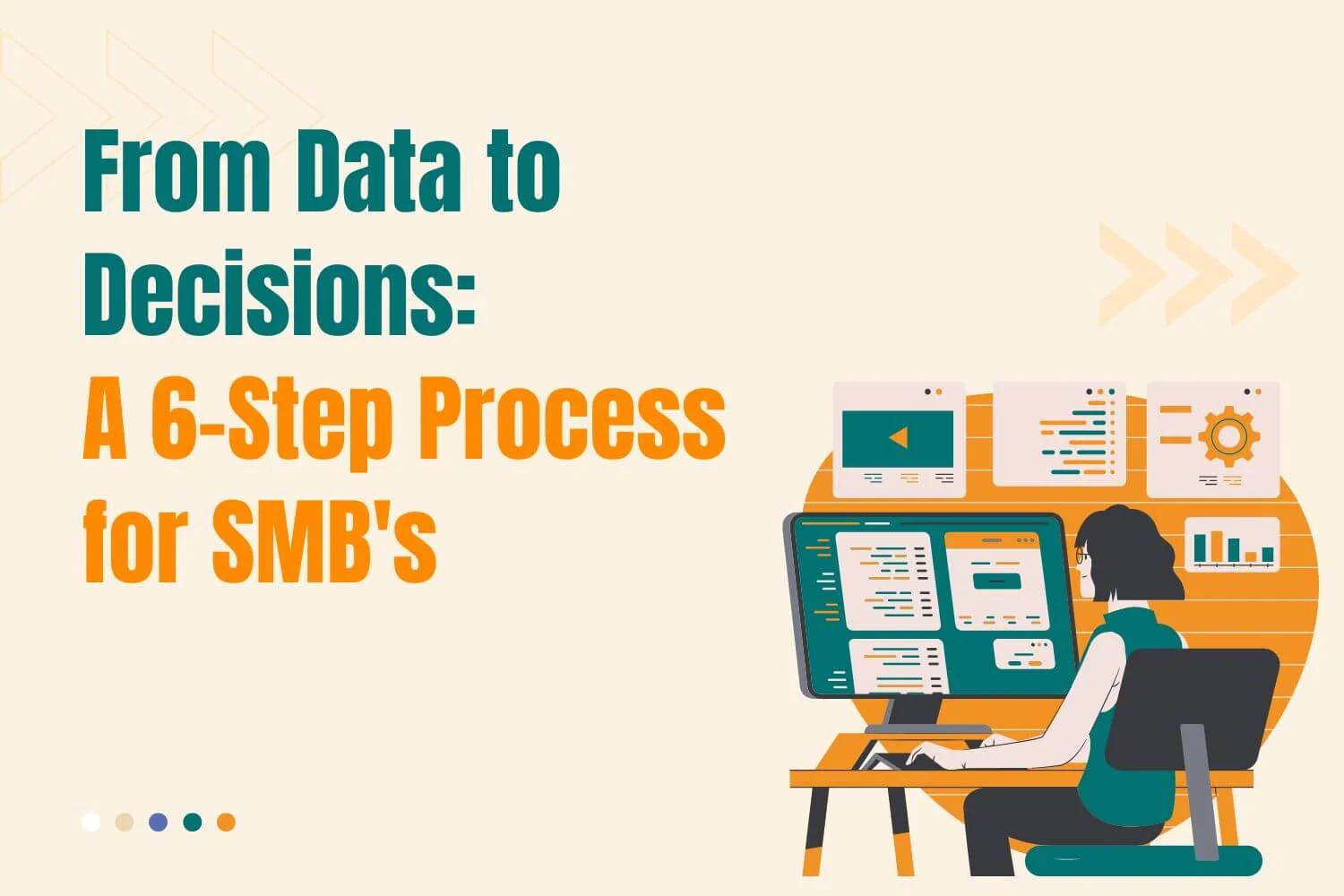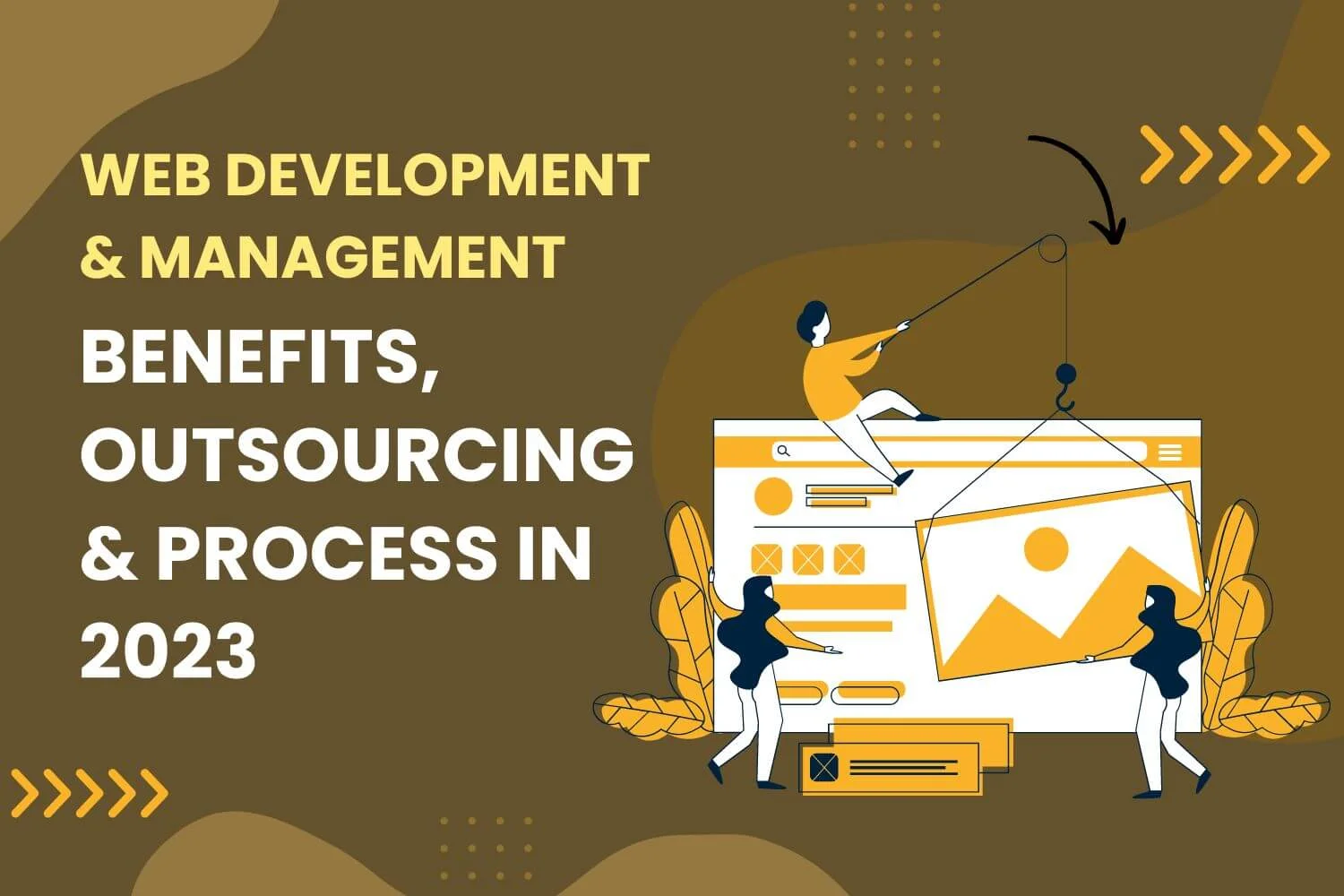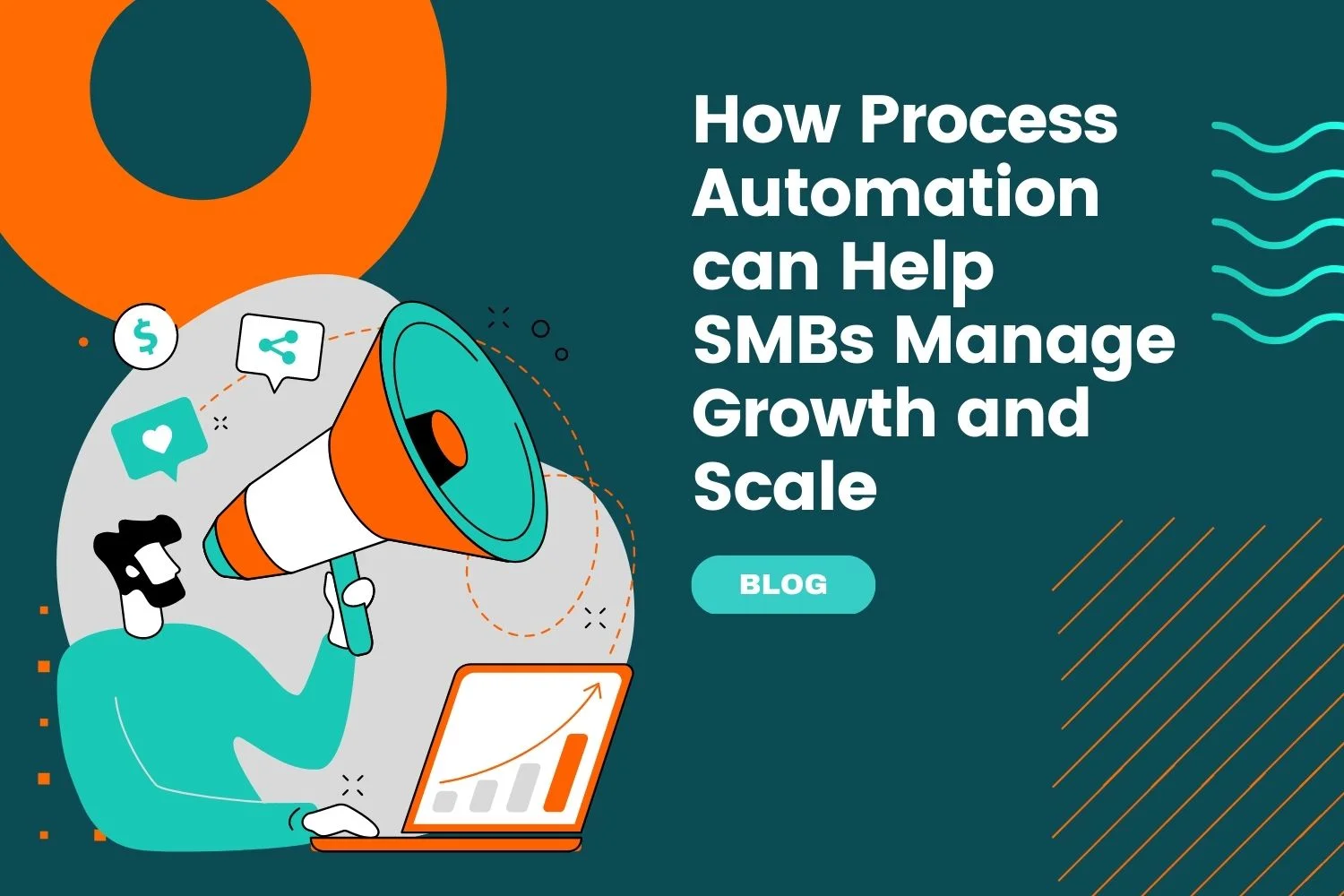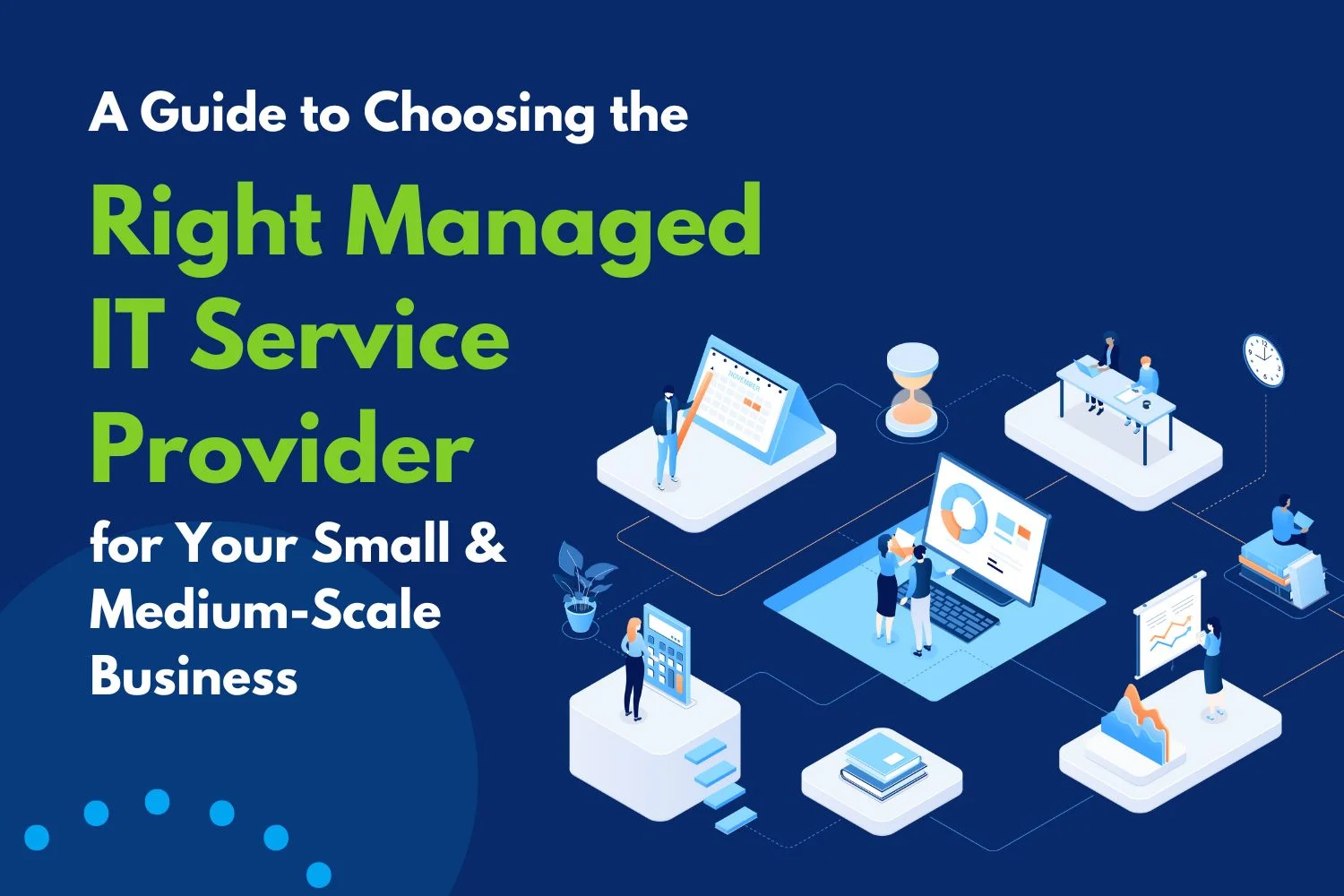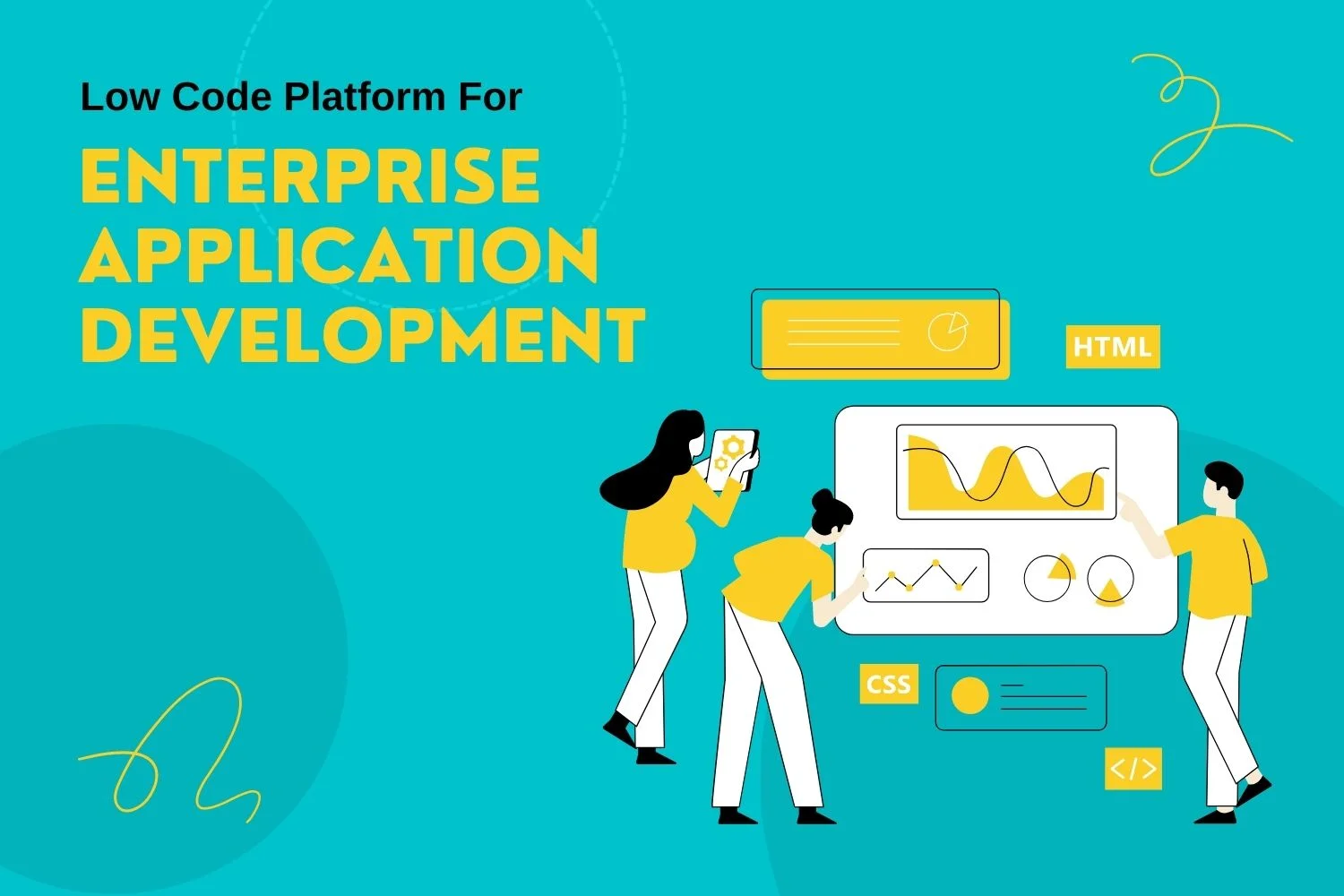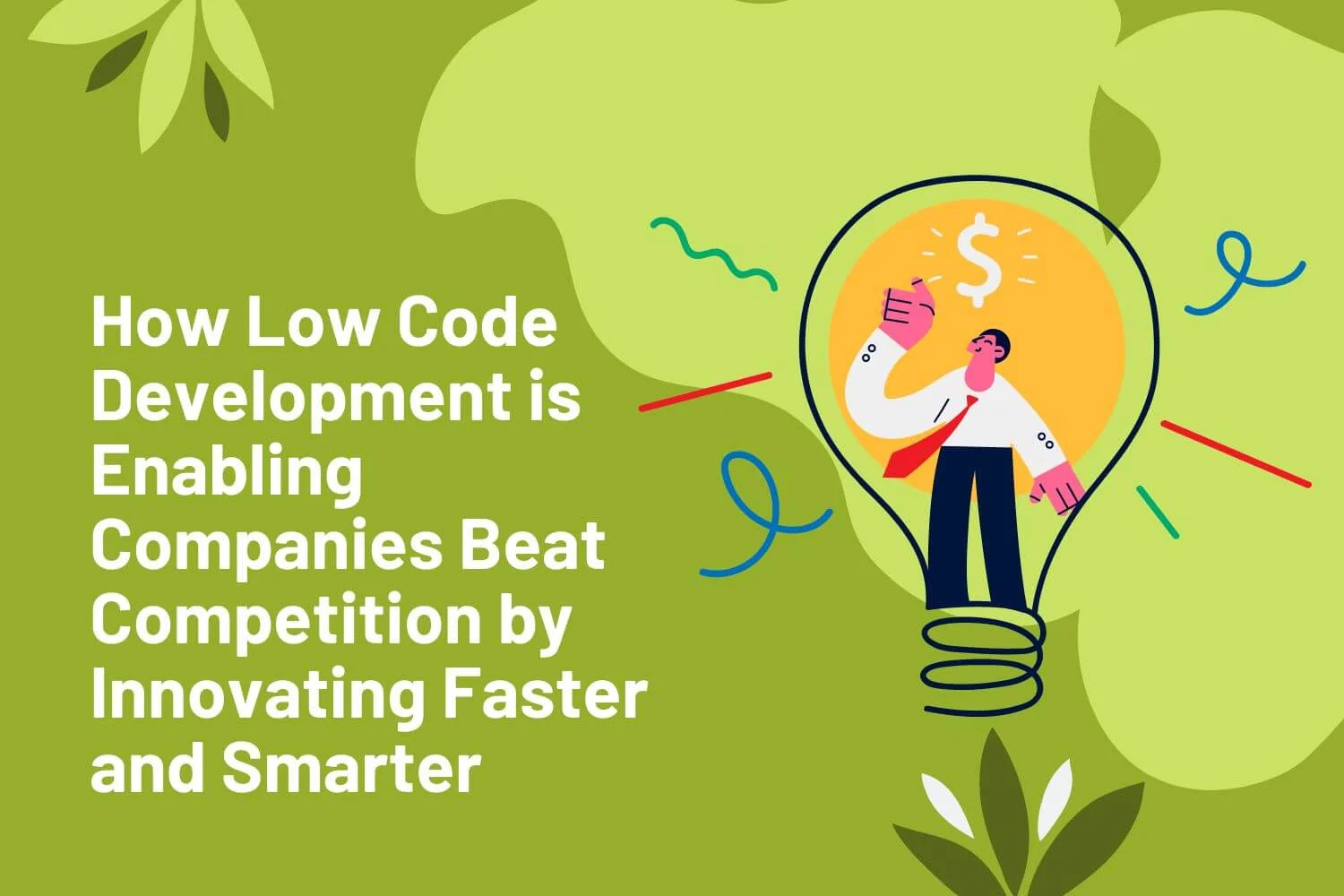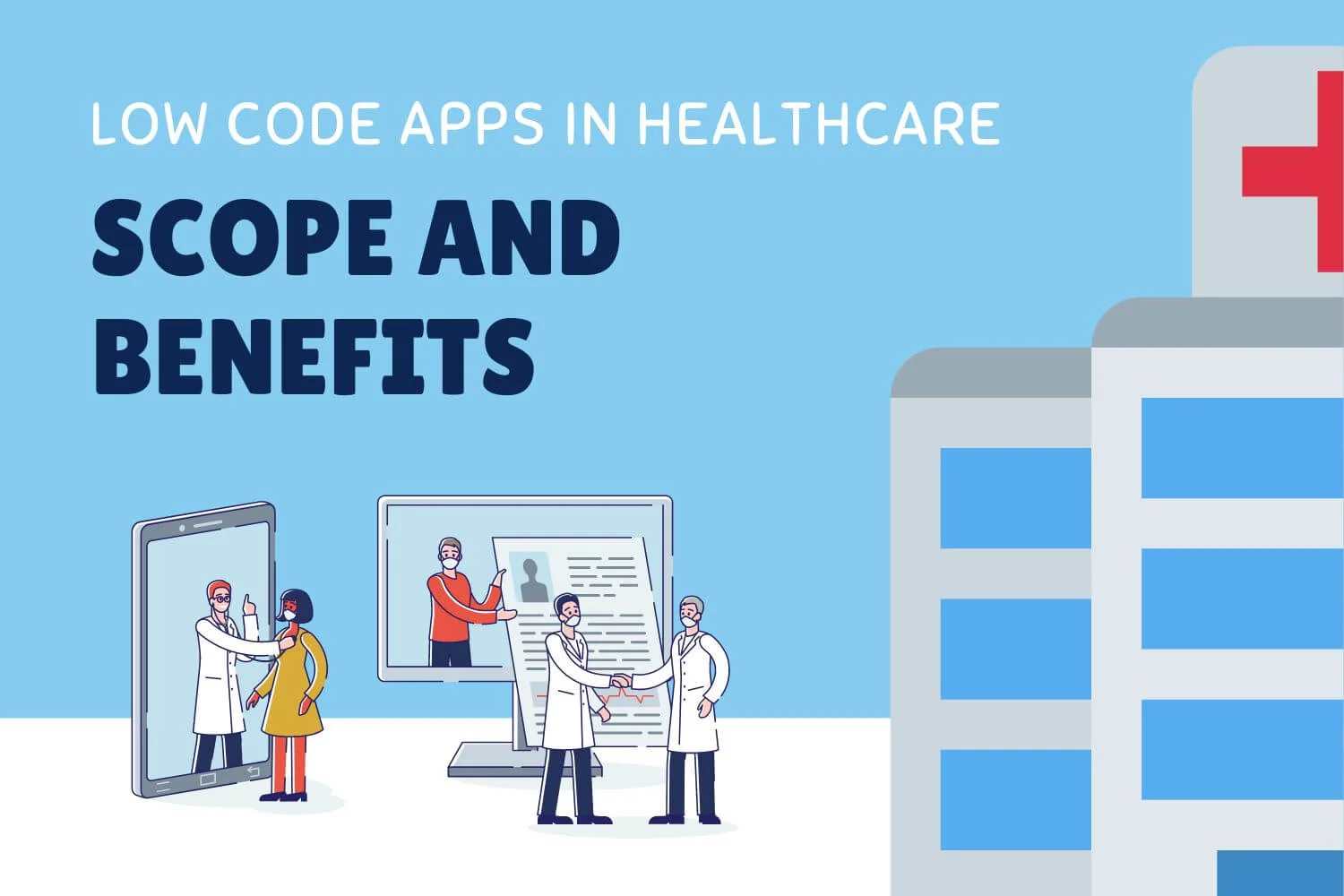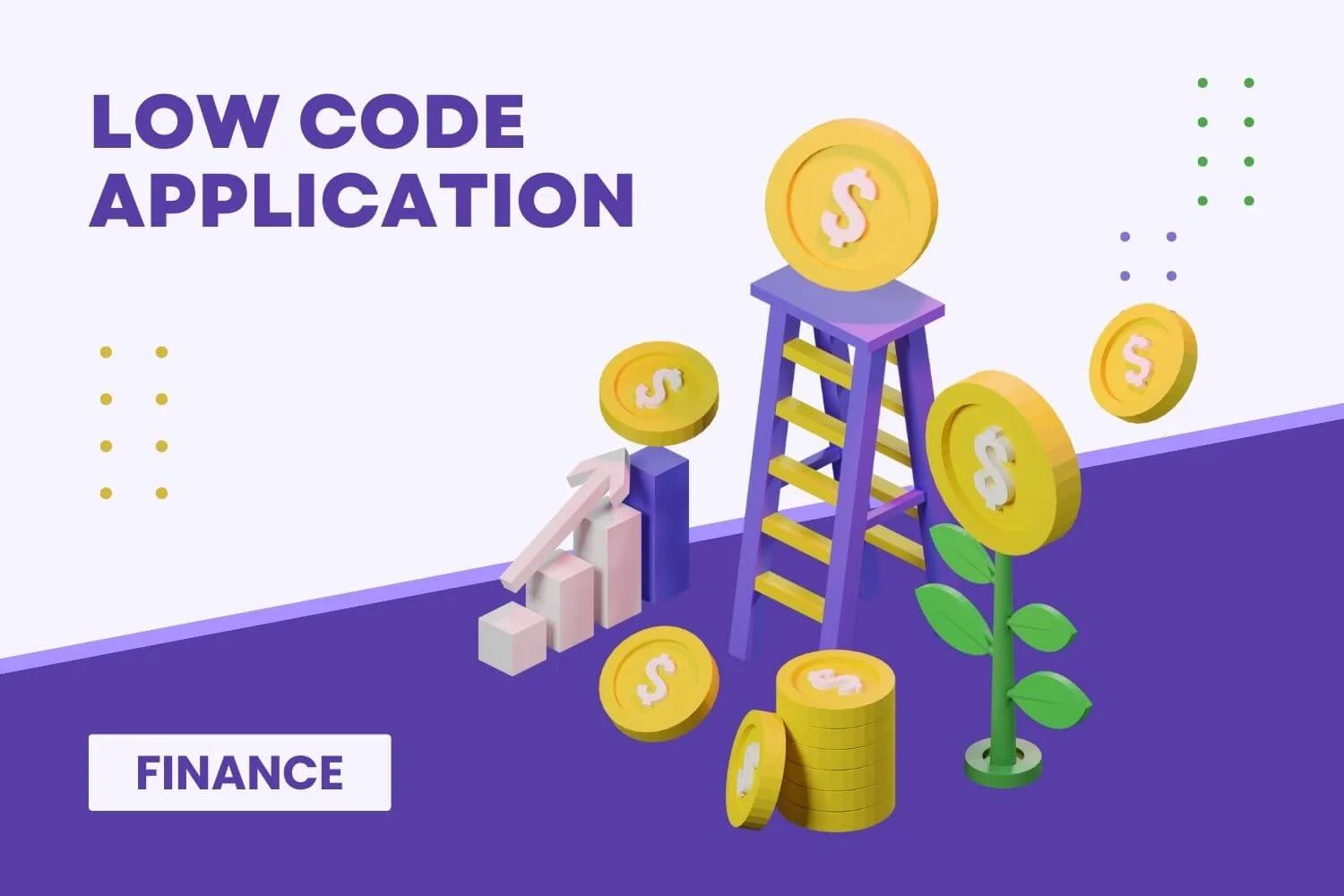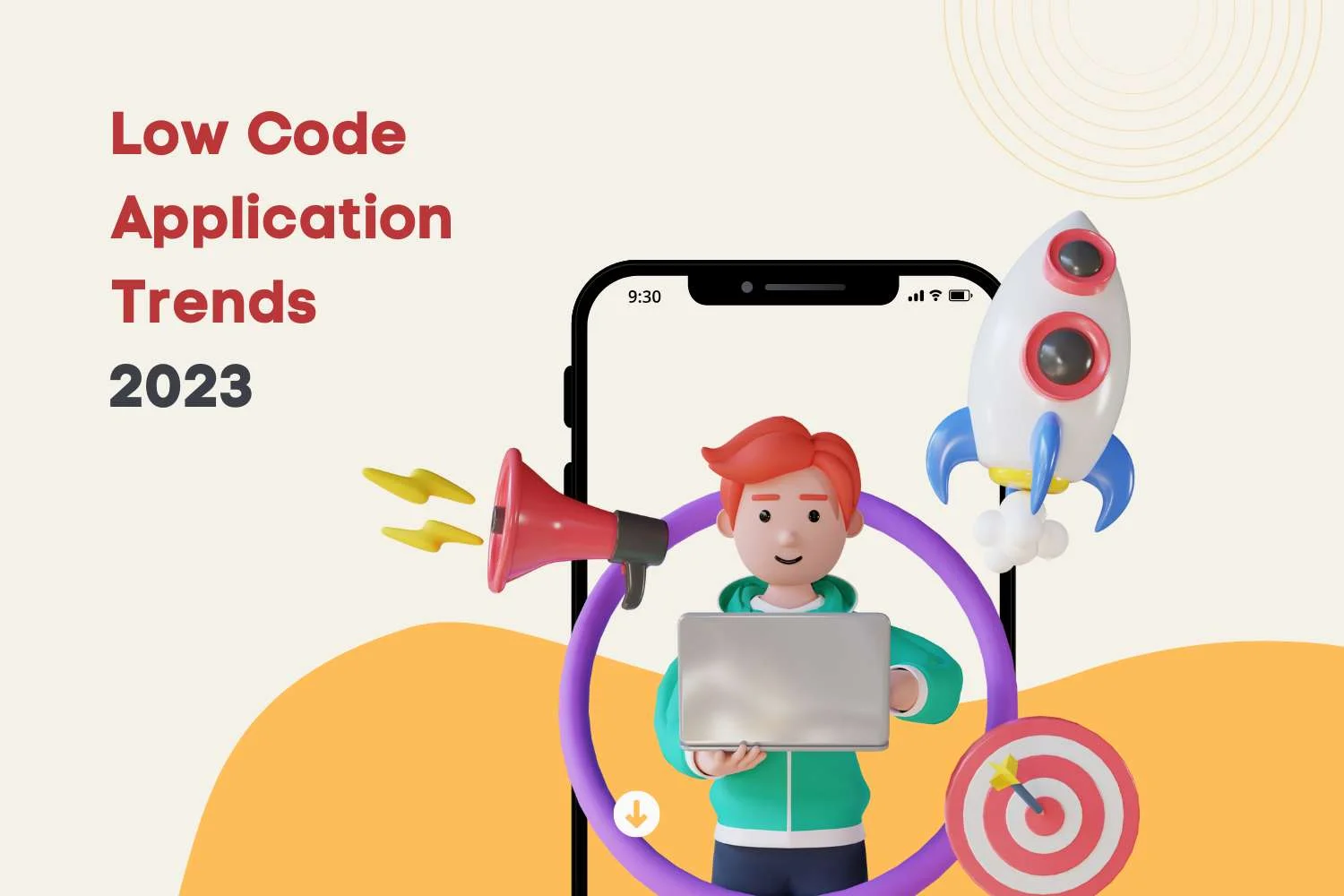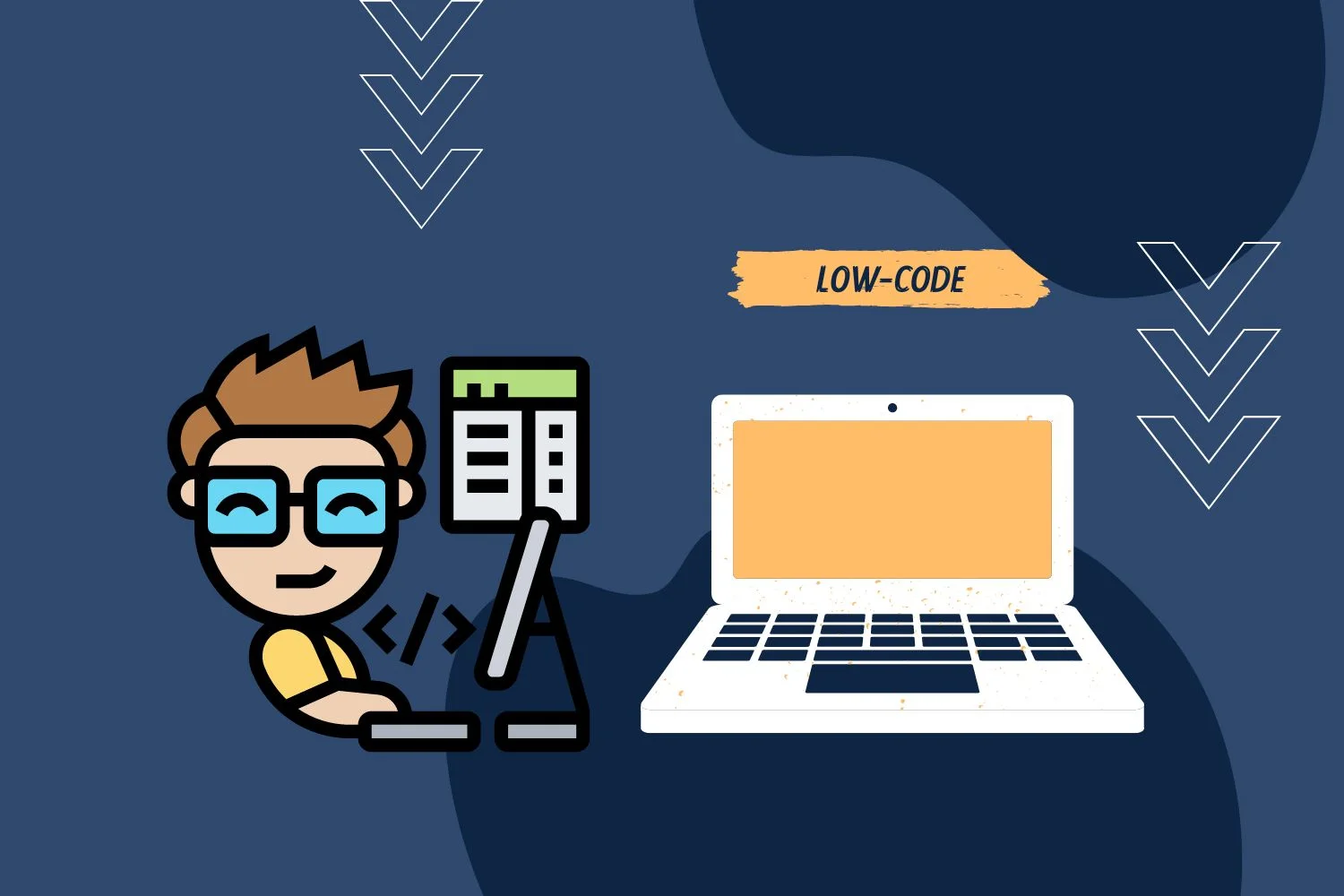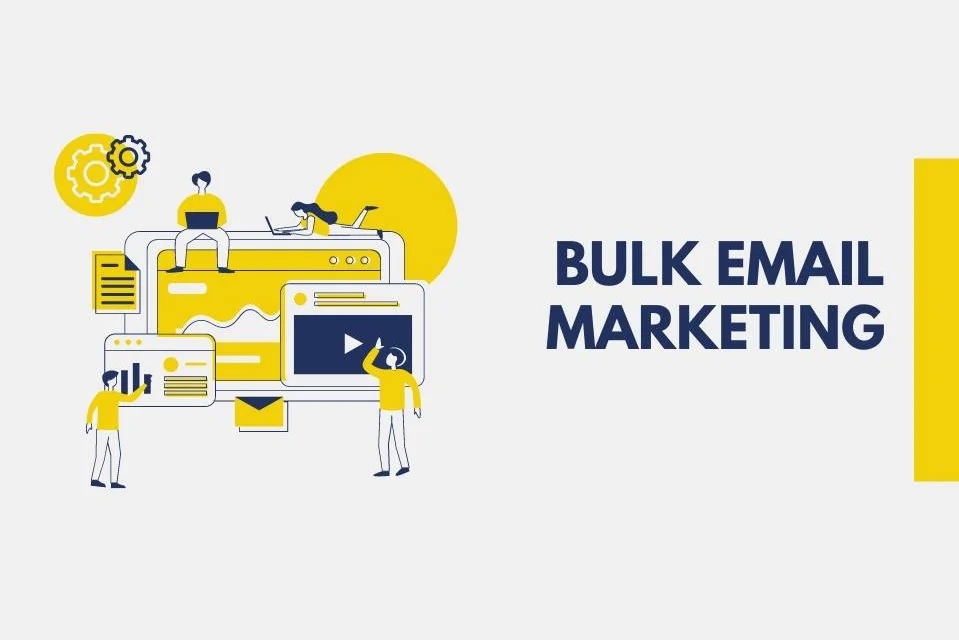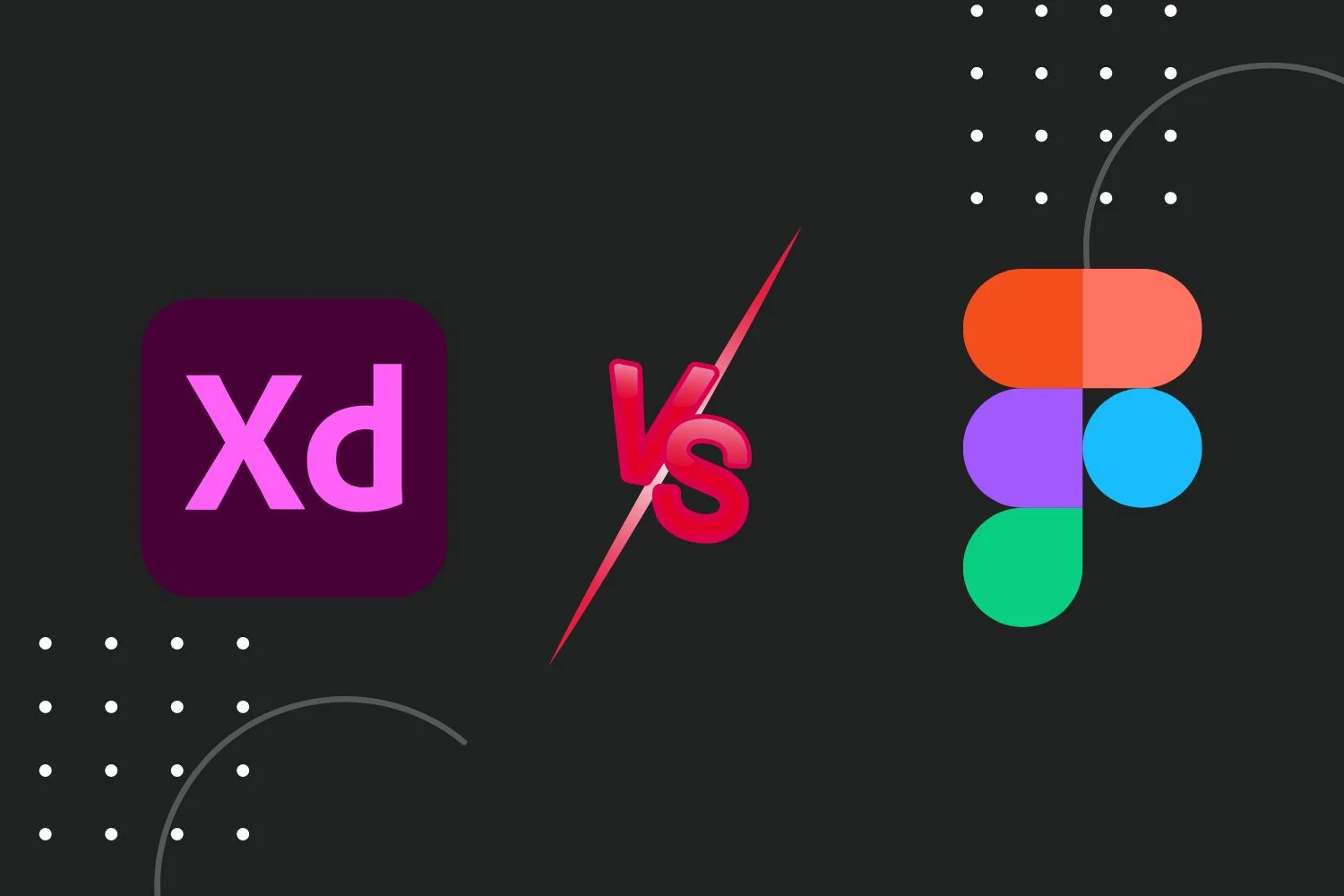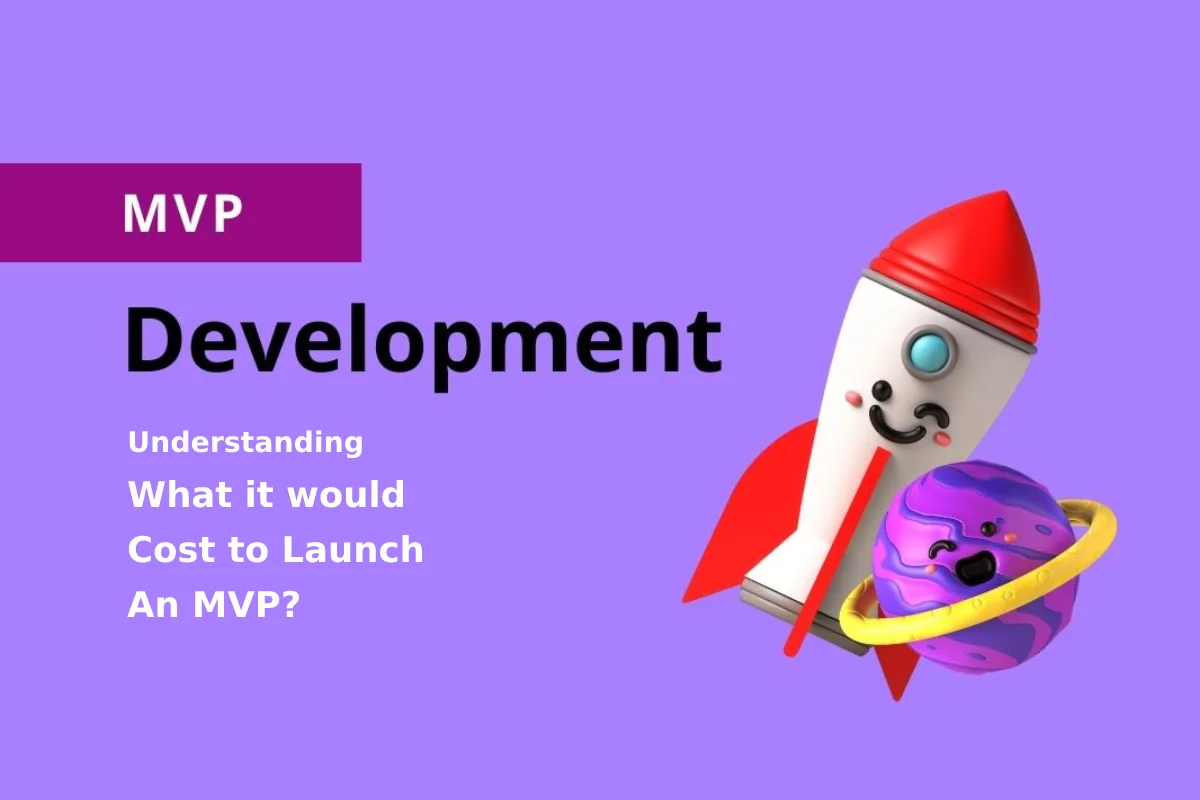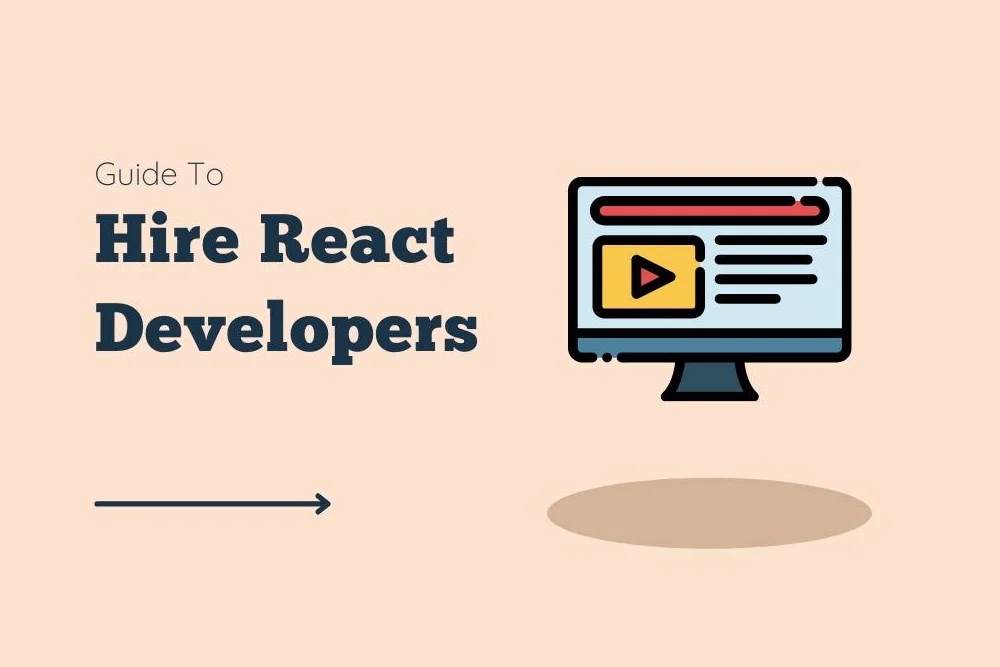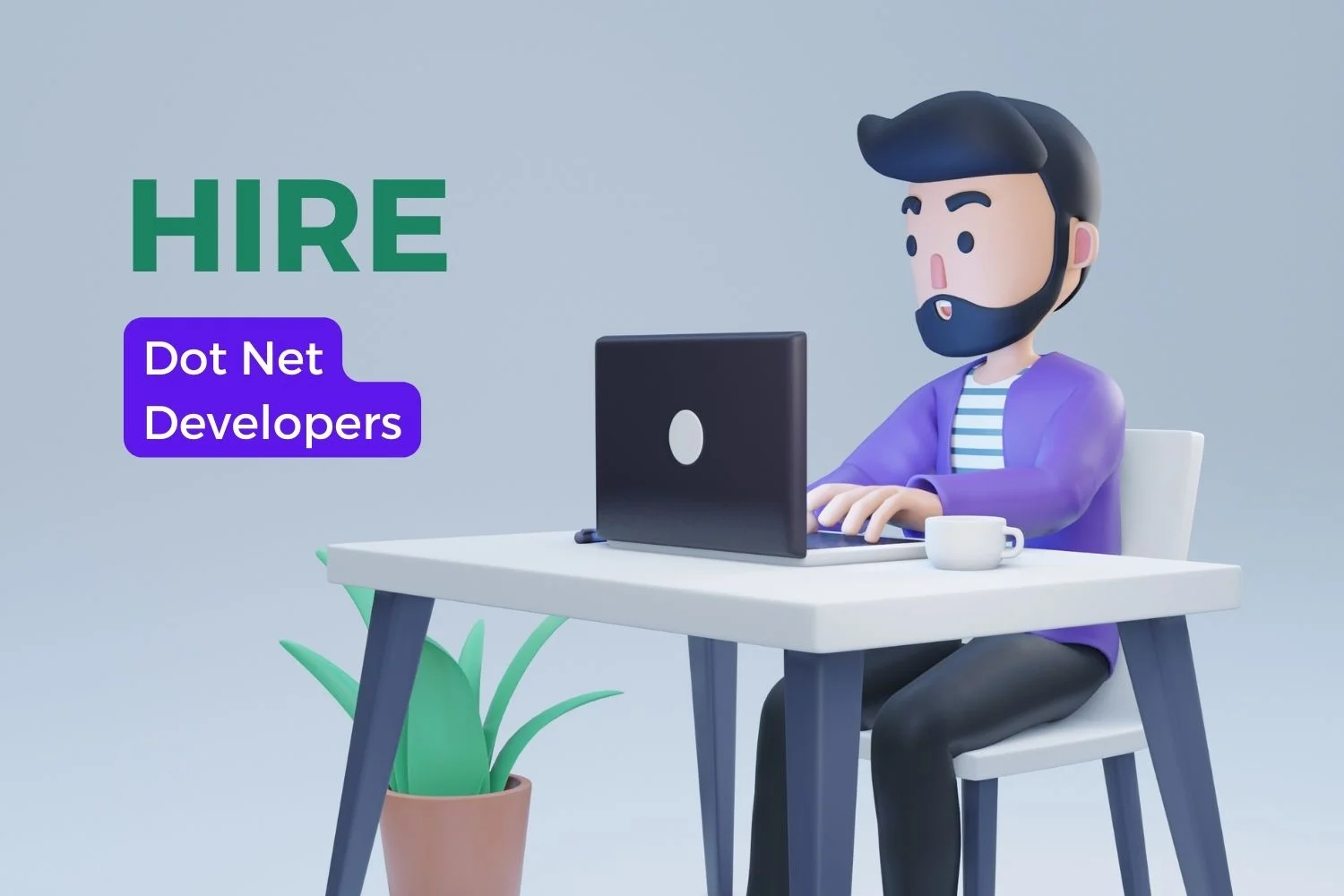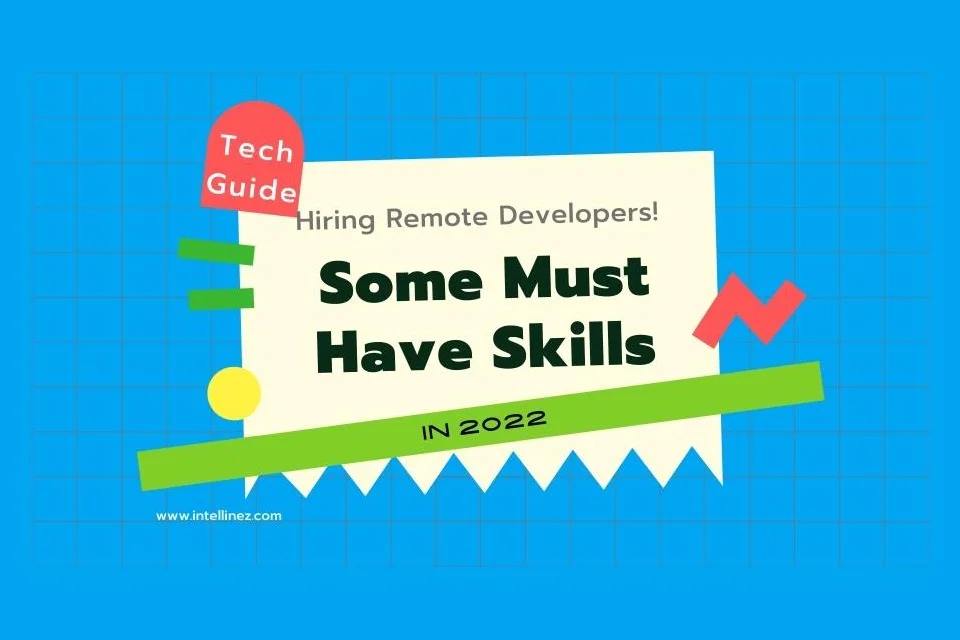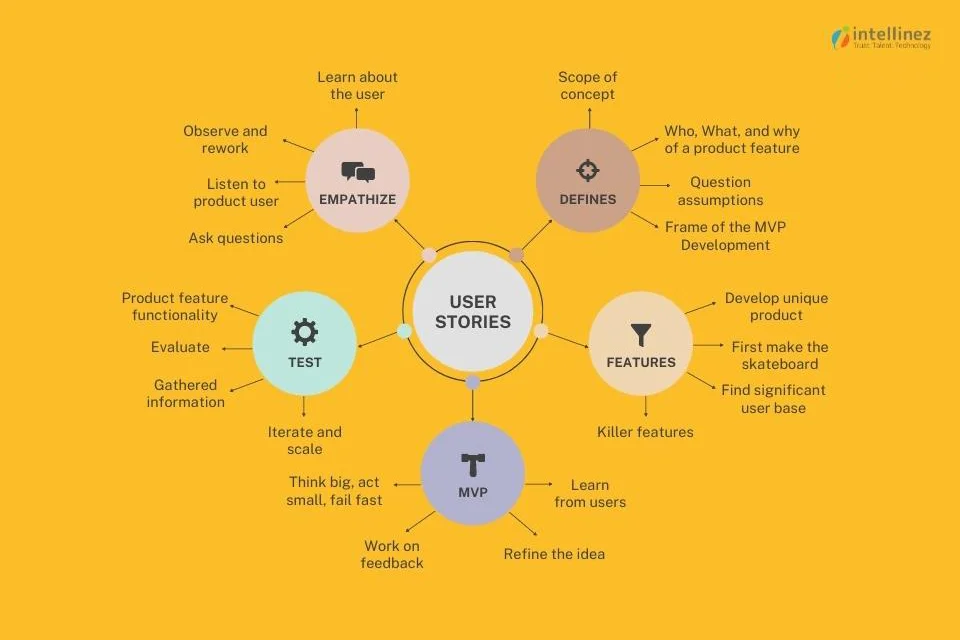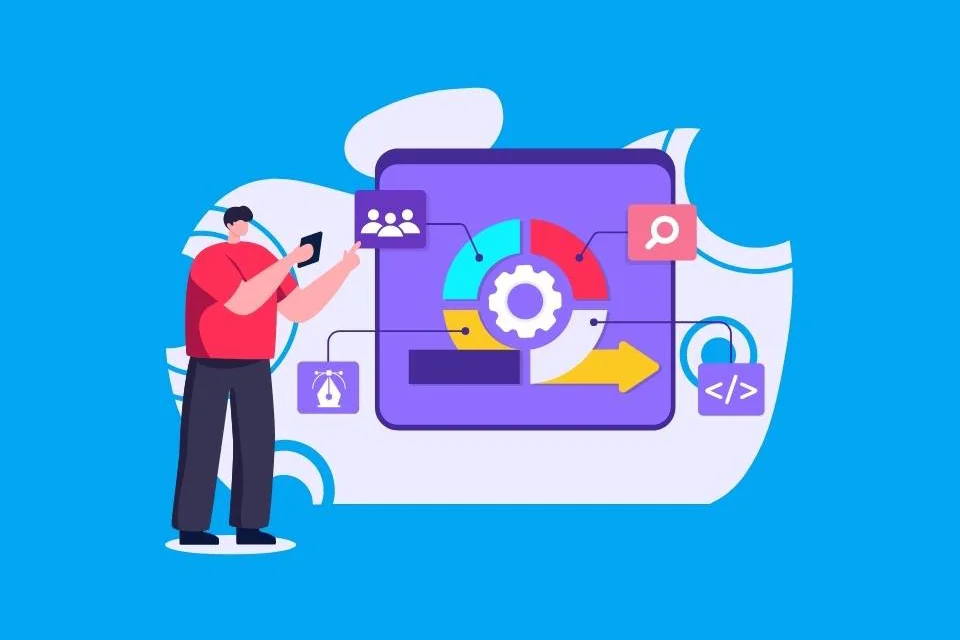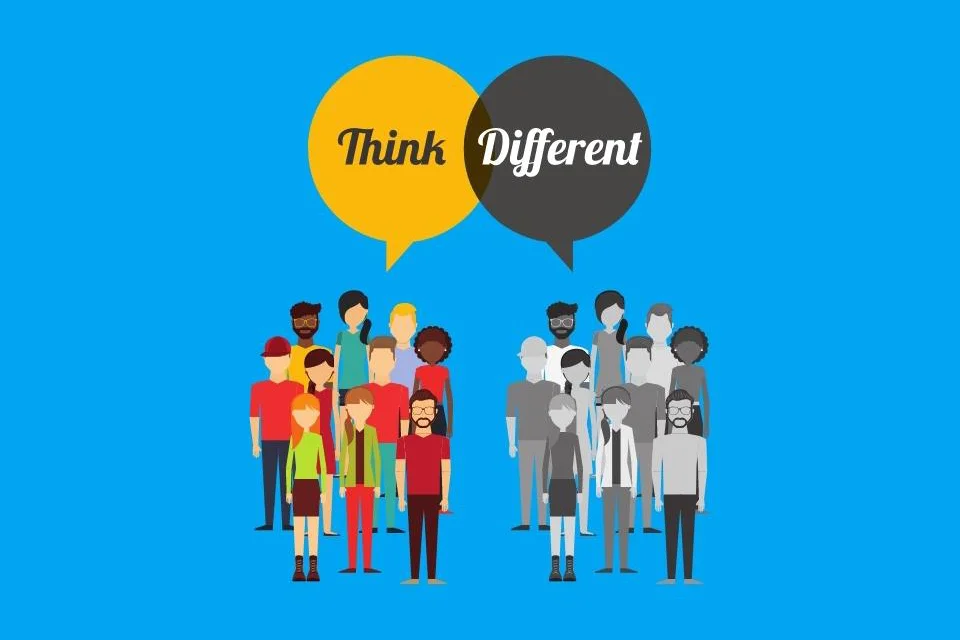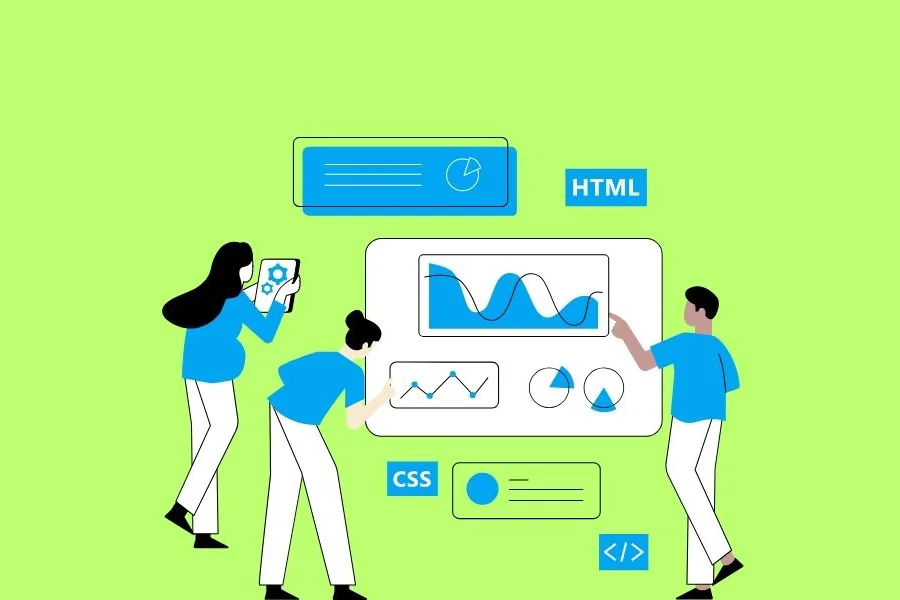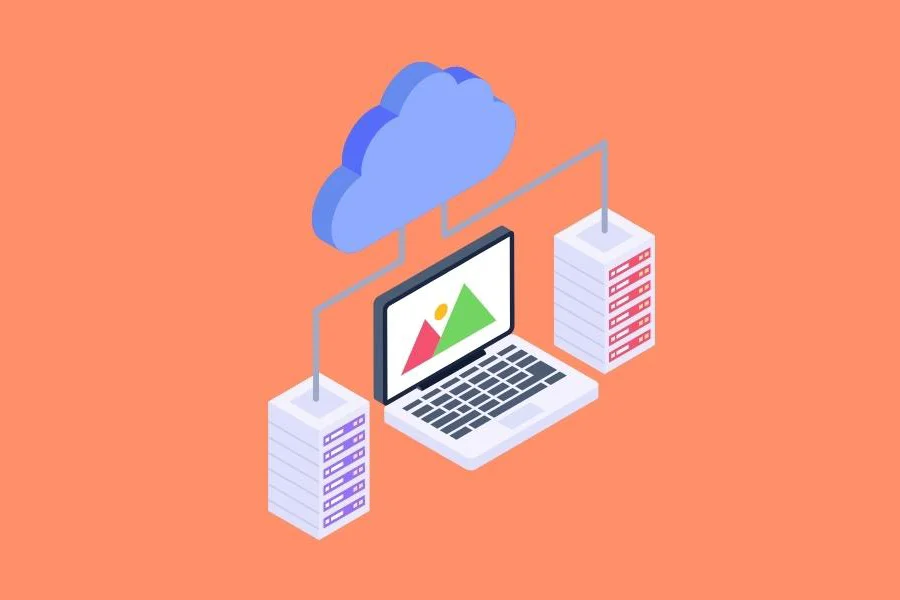- Not Implementing a Top-Down Implementation Model
- Having too Many Stakeholders on Board
- An Abundance of Features
- Functional Bottlenecks Caused by Under-Resourced Projects
- Leaving Your Network to Basic Security Measures
- Not considering making a Minimum ViableProduct (MVP)
- Not Doing Enough Research When Choosing A Mobile App Development Company
We live in a world where there is an app for everything nowadays. Sometimes no matter what a business may do to survive the competition, success may be hard to come by. It’s a no-brainer that it can be extremely hard to survive in a brutally competitive market full of so many product development processes for mobile apps. Apparently, there are several mobile app development blunders that can make a business pay over ten times for their efforts.
As there are currently over 5 million apps on major app stores but interestingly only 32k out of these can only cross the 1 million download mark. The difference between these two categories are a few mistakes that all mobile app development companies must avoid.
Let’s learn about these in more detail:
Not Implementing a Top-Down Implementation Model
Enterprises must not ignore use case compliances of their products in development in order to meet project deadlines. Failure to do so usually happens because these companies build and work with technologies without understanding their consumers preferences and behavior. Consequently, this does create chaos and also wastes resources. Enterprises can avoid such a problem by using a top-down approach.
This type of an approach works by breaking down a system in a reverse engineered manner in order to view the compositional sub-systems. This means that an overview of the entire system needs to be formulated, specified but should not detail any 1st level sub-systems. Moving on, these subsystems are then refined into more detail with additional sub-system levels till the time all specifications are reduced to the base elements.
Solution: Don’t forget the application layer
Before you do anything, always look at the problem at hand that your product is or is trying to address. A good way to do this is by starting at the end-consumer point and then reverse engineering your way back to the product from its optimal point of beginning. If you are looking at any new developments, remember to do a GAP analysis with your current solutions. This allows teams to filter out any deficiencies in their products and they can then create a blueprint. Such an approach not only gives your products a value proposition but also optimizes other things like improved efficiency, abbreviated costs and eventually an increase in the ROI.
Having too Many Stakeholders on Board
Just like too many cooks spoil the broth, the same holds true for digital product development. Inviting several stakeholders can become a big obstacle in the future and is eventually frustrating for others involved as well.
Management problems arise in a case a committee overrides the previous decisions which eventually takes a project back to its previous versions. Such an incident can create more delays as the committee has to approve the most recent changes first.
Solution:
Here is how enterprises can deal with too many stakeholders:
- Begin by creating a small team as they can easily work as a single point of contact related to product development.
- Choose people that can make strategic decisions about product development in a knowledgeable and quick manner.
- The product development decisions must be respected by others in the organization.
- Make sure that the stakeholders are limited in both scope and numbers.
- Always define clear expectations for the product development process.
An Abundance of Features
If we look at the most successful apps, they almost never have too many features. Instead , these apps focus on answering the key pain points of the users which is primarily why they are successful in the market.
Adding more functionalities only increases the timeline and the budget of your product development project. Not only this but it also makes it difficult for your users to adapt and understand your app.
Solution:
Always refine and streamline your product or app so that it is simple and doesn’t compromise on the basic functionality. As a service provider your goal is to solve a problem and send a clear message about what you do instead of sweeping customers off their feet with extra features. Start by noting down all the features that you’d like to see in your app. Make 2 different lists named ‘Essential Features’ and ‘Nice to have Features’. Doing this gives you a clearer picture about which features to keep or discard for your app.
Always remember that it is impossible to make a perfect app in the first go. The key is to keep on iterating and adding features according to trends and customer feedback.
Functional Bottlenecks Caused by Under-Resourced Projects
Many projects fail due to lack of resources, scheduling or planning. No matter what the reason, the end result is always functional bottlenecks. And when this happens both efficiency and the quality fall in an under-resourced project.
Solution:
Here are a few things you can do to avoid bottlenecks
- Always try to hire a team with adequate skills needed to get the job done.
- Make sure a project owner never has more than 2 projects at a time.
- Start monitoring resources throughout the life of the product development project by tracking the resource availability, managing workload allocation and monitoring project schedules.
Leaving Your Network to Basic Security Measures
Let’s look at IoT products to understand this better. There are different parts of an IoT landscape that are codependent on each other. In such a situation, the impact caused by a cyber attack can be quite problematic. If the network is penetrated from anywhere it can compromise the security and put everything at risk. An advanced cyber attack can easily hit a perimeter-centric defense. As malware attacks a network it can easily affect the systems, sensors and the consumer devices as well. This is why it is quite easy to hijack data from a device like a CCTV camera.
Solution: Start implementing a stringent micro-granular security model
A strict security model ensures proper firewalling of individual workloads found within a network. It protects you against DDoS attacks that often attack network landscapes with unusually high traffic till the time it chokes the infrastructure. This is why you must make sure that all monitor protocols and connection requests are validated for proxy connectivity. This type of a security solution also provides protection against SYN flood attacks, TCP reset attacks, UDP storm attacks and any other app layer attacks.
Software and IoT devices that are poorly secured are prone to cyber attacks which is why end-to0end security is detrimental for IoT deployment. Let’s consider a car wash that is internet connected and uses a default password. In the event of a security concern, it also raises a safety concern.
An external security audit serves as a great solution for implemented IoT devices. Teams can easily perform new IoT implementations and look out for privacy issues, insecure web interfaces, insecurity in mobile or in-network services, cloud interface insecurity, improper authorization techniques, firmware/software issues, lack of transport encryption or physical security and any issues in security configuration.
Not considering making a Minimum Viable Product (MVP)
This is probably the last step where you can save your app from disaster by making an MVP. This gives enterprises a chance to test their product in real time in a market with daily users that helps them. This is also the stage where an app will only have the features that are necessary so that you can easily launch it in the market without having to go through an advanced product development process.
Enterprises who use the MVP as a preliminary product reduce the time and cost of the actual app. Not only can you speed up the product development process for releasing the basic version but it also allows you to get feedback and make any changes to improvise the final product.
Not Doing Enough Research When Choosing A Mobile App Development Company
Different types of mobile apps demand for different categories of mobile application developers. Here are a few things to keep in mind when looking to hire a specialist for your project:
- Fix your budget along with the domain, and the platform for your app.
- Look out for app development companies online who fit your criteria.
- Make a list of all the questions you would like to ask them like if you can see their portfolio, client references and their app development approach.
- You can then mark out the service providers that do not fulfill your app development requirements.
Product Development with Intellinez
In the above post, we discussed the various mistakes that most product development companies make. Not only these delay a launch but also deter a consumer’s experience and thus affect a brand in return. As a professional product development company, Intellinez is committed to deliver full-stack expertise across verticals.
Software Development Services
With Our expertise in Software Development, we can create Custom and Enterprise solutions for multiple platforms ranging from web and mobile to the cloud. We also specialize in SaaS Development, UI/UX services, QA Testing, System Integration and API Development.








































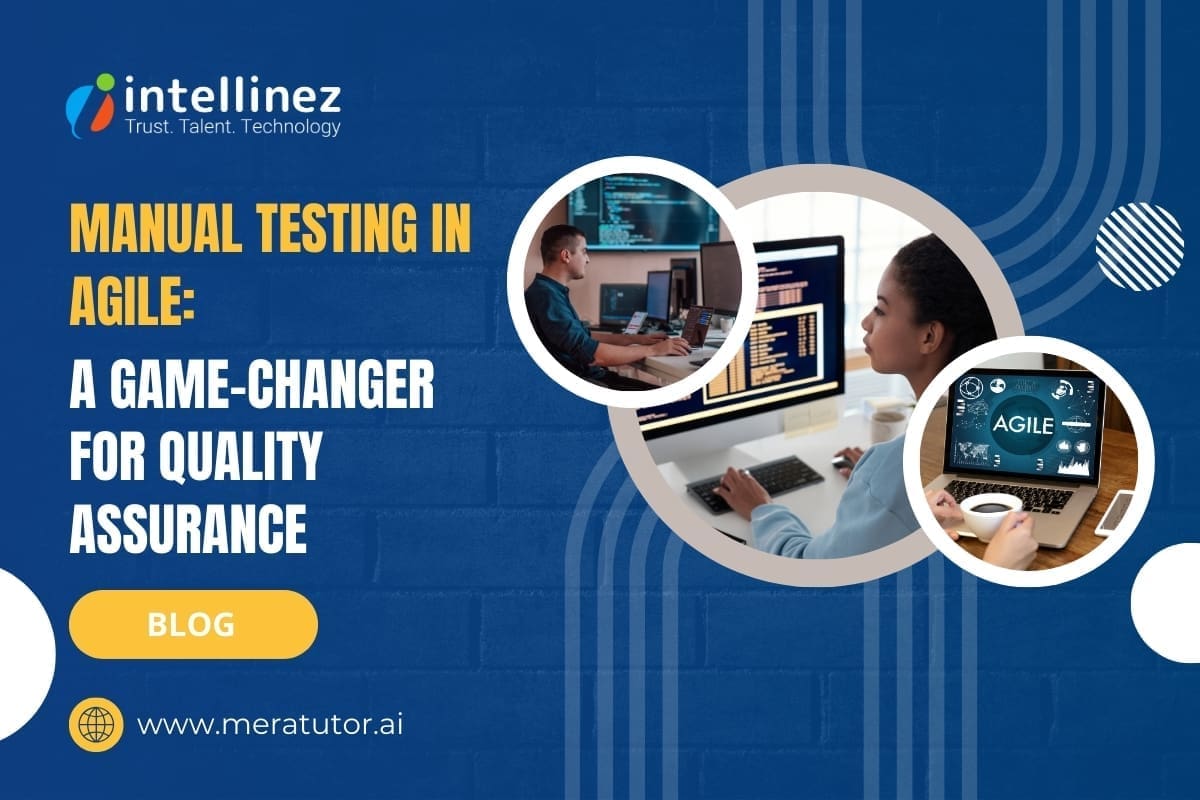




![A Comprehensive Guide to AWS SaaS Architecture [Diagram Included] 90 Aws SaaS Architecture](http://www.intellinez.com/wp-content/uploads/2024/08/Title-image.jpg)










